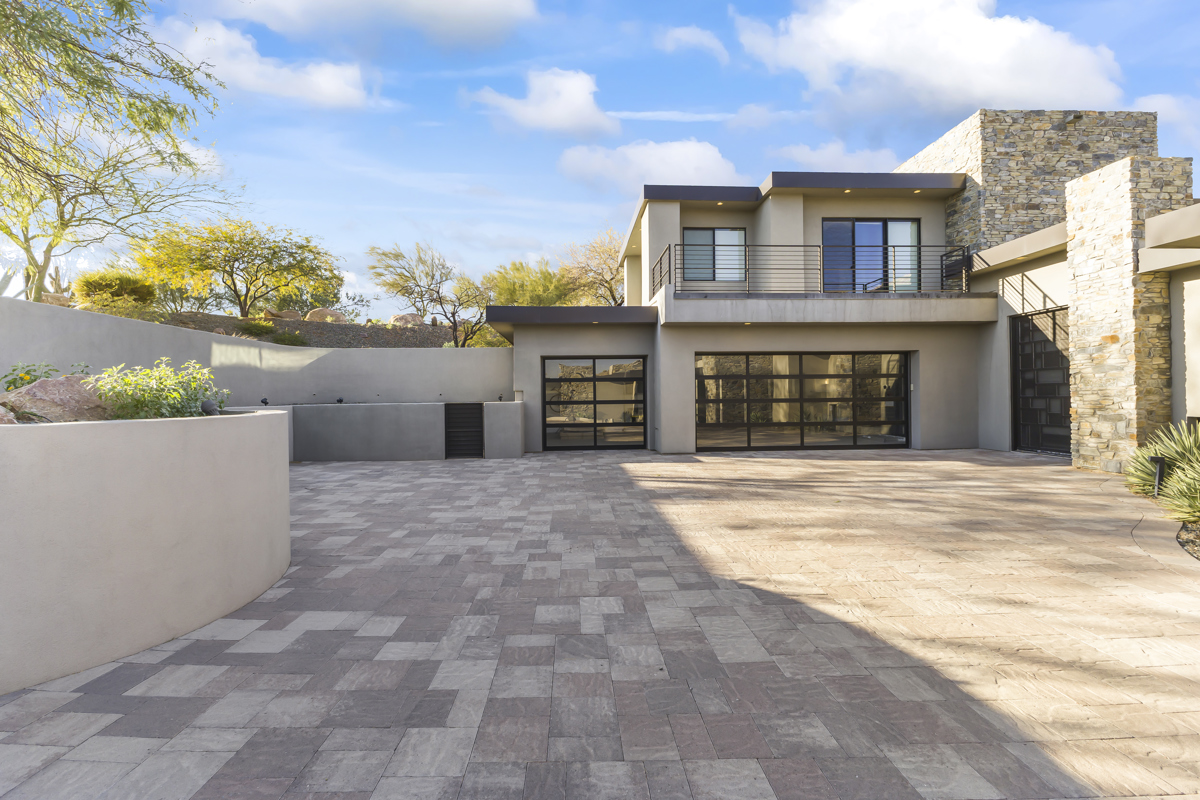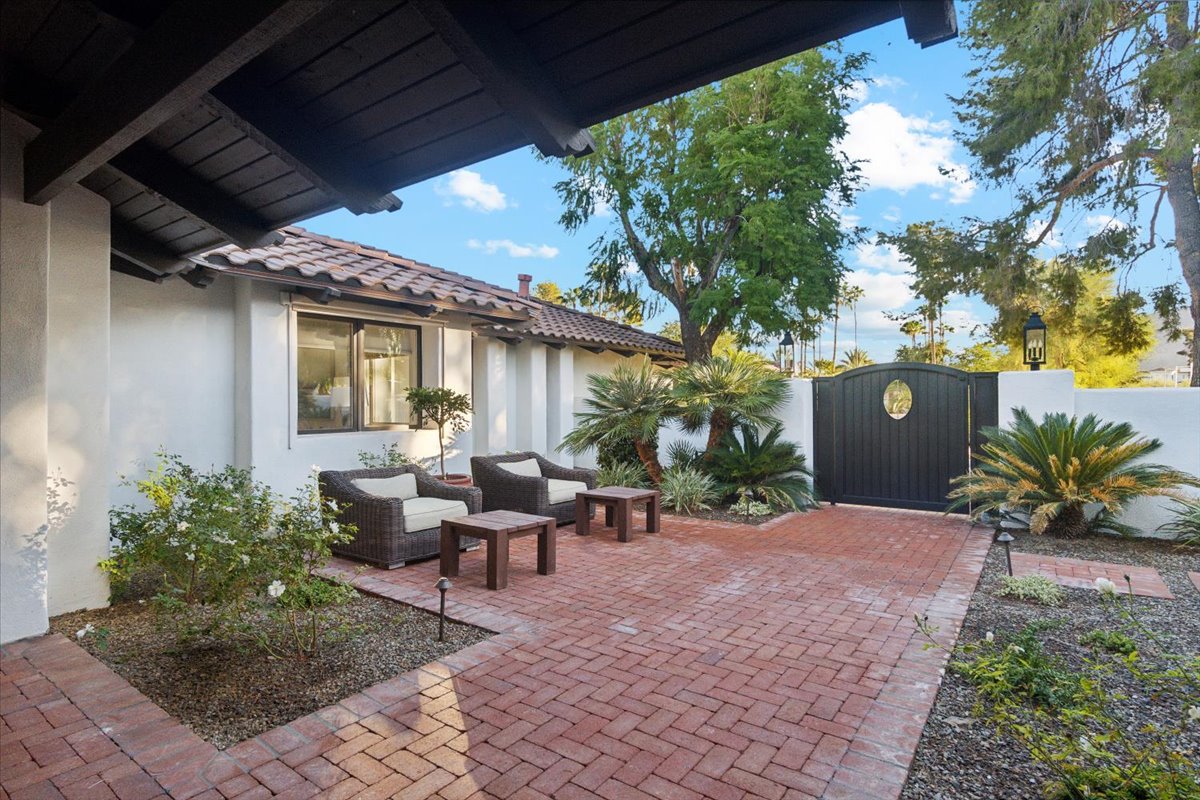NAR Housing Picture For 2026 Hints At A Stronger Market Pulse
NAR Housing Picture For 2026
The national market feels like it is shifting again. You sense a mood swing, a slow thaw, a hint that buyers may wake up after years of waiting. The data points move in small steps, yet they point in one direction. The next cycle looks steadier, and maybe even easier to read.
Quick Points
-
NAR projects stronger 2026 sales
-
Mortgage rates slide a bit
-
Prices move higher nationwide
-
Cash buyers shape competition
Also Read: Arizona Housing Market & Construction Trends For The Year 2025

Market Turn & Sales Outlook
Something in the housing rhythm feels different now. NAR expects 2026 to look stronger, and the group projects a notable rise in existing-home sales along with a smaller climb in new-home activity. The past three years ran at a crawl, and sales volume slipped to levels last seen in 1995. Forecasts for 2025 never materialized, and that created a quieter year than many expected. Now you see a reset forming. You see buyers who paused in 2024 and 2025 start to look again. You feel early energy returning.
-
Existing-home sales may rise about 14 percent
-
New-home sales may rise about 5 percent
-
Prices may grow about 4 percent nationwide
-
Previous 2025 projections showed flat or negative activity
-
Sales volume matched mid-1990s lows
A more confident buyer pool could pull the market into a quicker tempo.
Jobs, Hiring, & Buyer Capacity
Job growth sets the floor for housing. NAR expects the country to add roughly 1.3 million positions in 2026, and that kind of steady hiring creates enough stability for buyers to act. People look at paychecks before they look at listings. Stronger income helps renters shift into ownership, and it nudges move-up buyers to try again. You feel more certainty, and certainty fuels commitment.
-
About 1.3 million new jobs expected
-
Job growth lifts buyer activity
-
Steadier income supports higher prices
-
Stronger hiring boosts confidence
-
More stability encourages move-up moves
-
Bigger paychecks widen budgets
A healthier job base gives the entire market firmer footing.
Also Read: Scottsdale Outsells The Entire Phoenix RE Market For First Time

Mortgage Costs & Buyer Mood
Rates shape everything. One small change resets demand. NAR expects 2026 to average near 6 percent, and that sits lower than the 2025 estimate of about 6.7 percent. The days of 3 percent loans are gone, and they are not coming back soon. Even so, a mild slide can push hesitant buyers to look again. When rates slip, more shoppers test the market, and more deals start to click.
-
2026 rates projected near 6 percent
-
2025 rates projected near 6.7 percent
-
No return to 3 percent levels
-
Small drops may widen demand
Lower pressure helps stalled buyers regroup.
Loan Applications & Closing Rates
Early 2025 showed an odd split. Applications climbed, yet closings fell. Buyers wanted to move, but the math refused to cooperate. Rates sat too high, budgets felt too tight, and competition stayed fierce. NAR expects 2026 to ease that tension enough to convert more applications into real transactions. Better affordability gives lenders cleaner files, and that leads to more accepted offers.
-
Application volume rose year over year
-
Only 55 percent of bank applications closed in early 2025
-
That figure hit 77 percent in 2021
-
Lower rates may boost approvals
-
Better budgets improve closing odds
If conversion rates rise, the market gains a more stable pulse.
Also Read: Wealth Gap Widens As Luxury Housing Market Climbs Higher

Cash Buyers & Market Tilt
Cash continues to reshape the housing ladder. NAR reports that cash buyers made up roughly 26 percent of all purchases in 2025, and repeat buyers used equity to move even faster. They come to the table with fewer hurdles, and that advantage dominates tight price brackets. Higher-priced homes around 750 thousand to 1 million dollars recorded some of the fastest movement, while lower-cost inventory stayed tight.
-
Cash buyers made up about 26 percent of sales
-
About 30 percent of repeat buyers paid with equity
-
Equity-rich households shape competition
-
Upper-tier homes saw more volume
-
Lower-tier supply stayed limited
A market with this much cash will always feel tilted toward flexible shoppers.
First-Timers & Tight Entry Points
Entry buyers face the steepest climb. NAR’s recent figures show a shrinking share of first-timers in 2025, and many struggle to save while juggling rent, student debt, and child-care costs. Their budgets stretch thin, and down payments take longer to build. The share of first-time buyers reached a record low, and their path into ownership keeps narrowing. They want a starting point, yet each year pushes that point farther away.
-
First-time buyers made up about 21 percent of buyers
-
High rent drained savings
-
Student debt cut into budgets
-
Child-care costs added strain
-
Down-payment plans slowed
Any improvement in rates or prices helps, but the entry lane remains a heavy lift.
Also Read: Mortgage Rates Slide As Phoenix Buyers Weigh Their Next Move


















